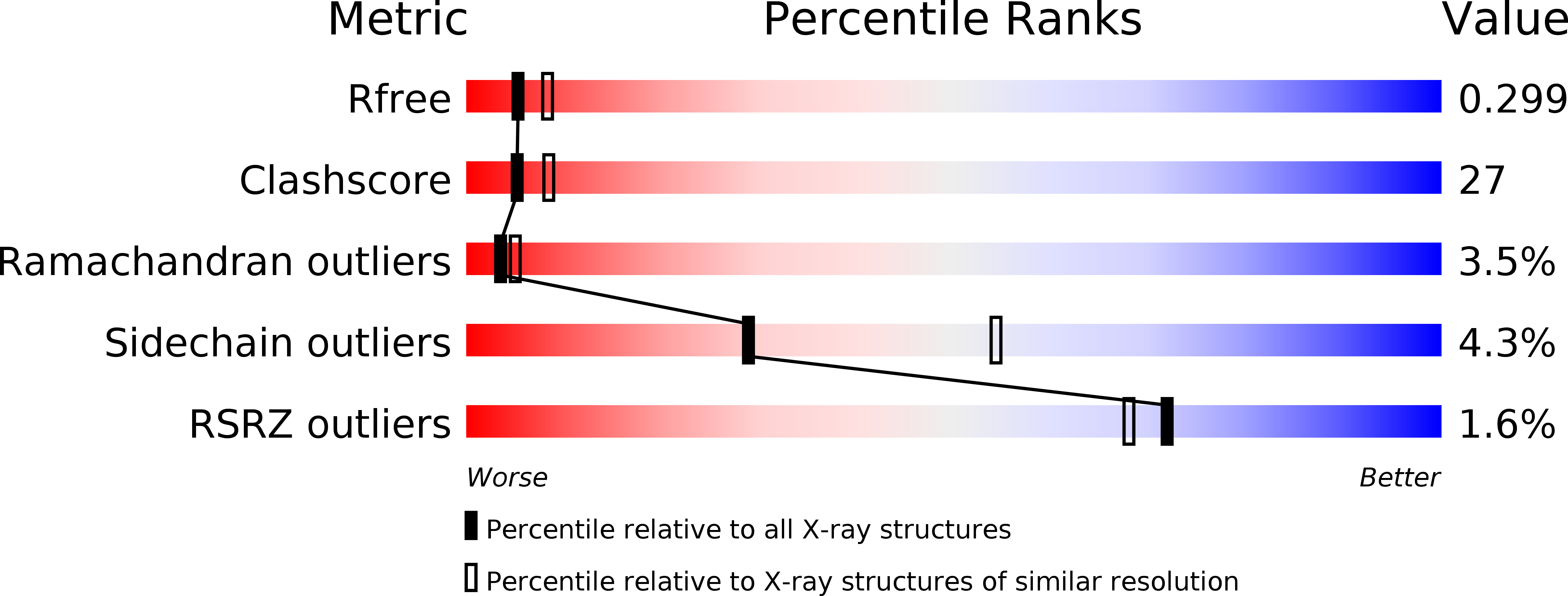
Deposition Date
2000-07-25
Release Date
2002-12-11
Last Version Date
2024-10-16
Entry Detail
PDB ID:
1FFP
Keywords:
Title:
CRYSTAL STRUCTURE OF MURINE CLASS I H-2DB COMPLEXED WITH PEPTIDE GP33 (C9M/K1S)
Biological Source:
Source Organism:
Mus musculus (Taxon ID: 10090)
Host Organism:
Method Details:
Experimental Method:
Resolution:
2.60 Å
R-Value Free:
0.30
R-Value Work:
0.25
Space Group:
P 1


